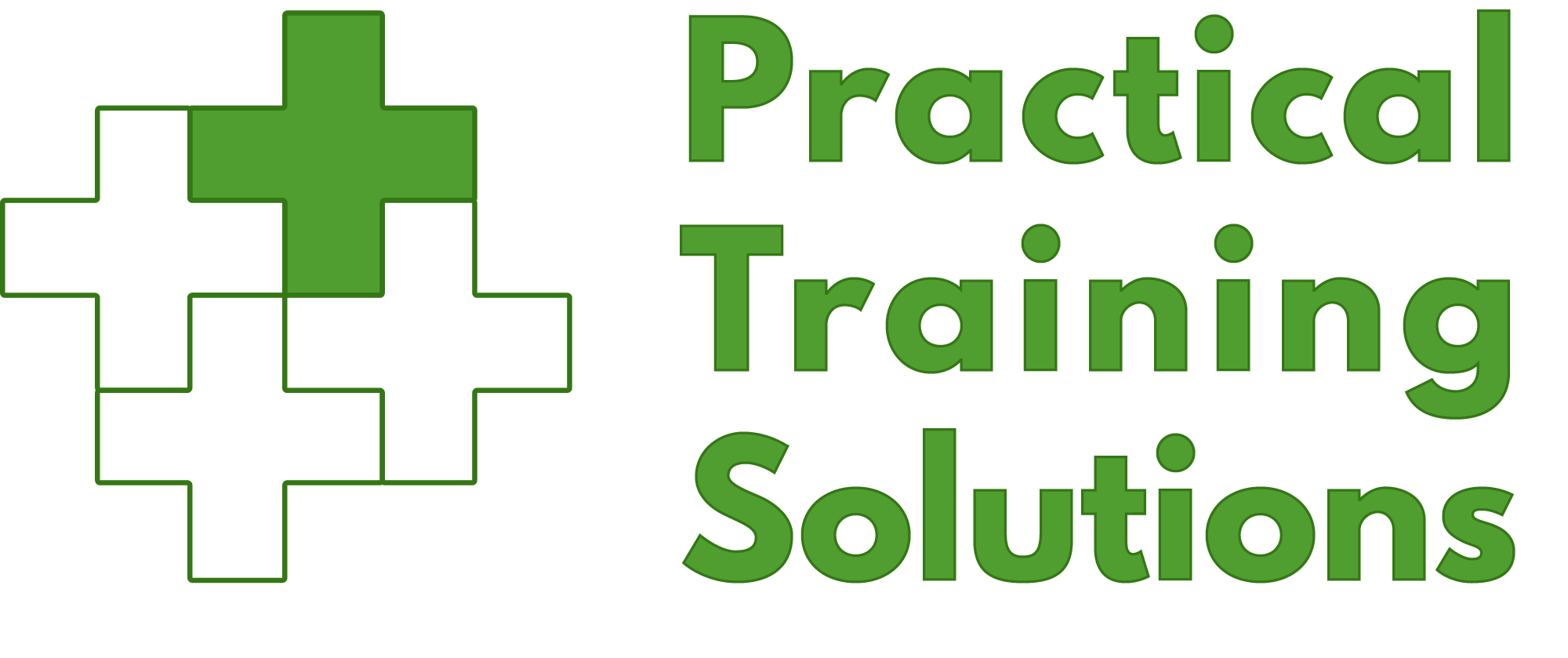Traumatic brain injury (TBI)
TBI is an injury to the brain resulting from an external trauma to the head or body, which causes the brain to shake inside the skull. There are two types of TBI:
- Closed TBI occurs when there is an impact to the brain but the skull is not penetrated or fractured.
- Open TBI occurs when there is an impact to the brain and the skull has been penetrated or fractured.
The highest risk groups for sustaining TBI are children under 5 years of age, men aged 15 -30 years, and the elderly.
In New Zealand, the most common causes of TBI are:
- Falls (38%)
- Mechanical forces (21%)
- Motor vehicle accidents (20%)
- Assault (17%)

The term ‘head injury’ in first aid encompasses TBI and covers cuts and bruises to the scalp as well as injury to the brain. A brain injury should be suspected if the victim has a reported or witnessed injury, has signs of injury to the head or face such as bruises or bleeding, or is found in a confused or unconscious state. A victim may have a brain injury without external signs of injury to the head or face. Serious problems may not be obvious for several hours after the initial injury.
A victim may sustain a significant head injury without loss of consciousness or loss of memory (amnesia). Therefore, loss of consciousness or memory loss should not be used to define the severity of a head injury or to guide management.
What happens to the brain in a TBI
The brain is like an egg yolk inside an egg shell. The egg shell is the skull. The egg yolk is the brain itself and the egg white is the fluid that surrounds the brain.
The brain has pressurised fluid (cerebral spinal fluid) all around it that acts as a shock absorber so sudden head movements are not damaging to the brain. This fluid layer protects the brain from the common knocks, bumps and accidents of day to day living.

In an accident, the brain is injured by the pulling or tearing of delicate brain tissue, which is the consistency of poorly set jelly, leaving it bruised or damaged. If the skull is broken, pieces of bone may pierce the brain causing bleeding and bruising to the brain. Usually the damage is caused by a sudden acceleration and deceleration of the brain (for example whiplash in a car crash).
The rate of recovery is variable depending on what part of the brain is injured, the severity of the injury and the management strategies adopted by the individual.
The symptoms are caused by nerve damage that may not be detectable with scans or x-rays. The symptoms are your body’s way of telling you something is wrong. In most cases, the damage is not permanent but, like any injury, your body needs time to repair this damage.
Signs and symptoms
- Headache
- Fatigue
- Nausea / Vomiting
- Blurred vision / Dizziness
- Deafness
- Short attention span
- Ringing in the ears
- Memory loss
- Moodiness
- Difficulty sleeping
- Irritability
The effects of a brain injury will vary from person to person and are outlined below:
Changes in thinking, such as difficulties with:
- Attention and concentration
- Ability to learn new information
- Memory
- Planning and organisation
- Reasoning and decision making
Behaviour and personality changes:
- Being impulsive – rushing into things before thinking
- Disinhibition – lack of self control
- Lacking initiation – difficulty getting started on things
- Irritability – frustrated and/or short-fused
- Lack of insight/selfawareness – inability to judge own strengths/weaknesses and how actions affect others
Fatigue, also known as extreme tiredness, is one of the most common symptoms of brain injury. It will be most severe immediately following your brain injury and can improve with time. For some individuals, however, fatigue persists long after the other symptoms have disappeared. Often fatigue is connected with thinking tasks, a tired mind rather than a tired body. In order for the brain to heal it needs lots of rest.
